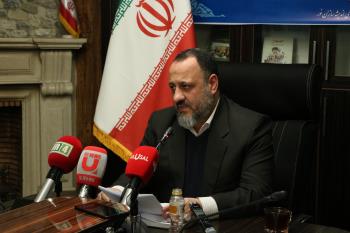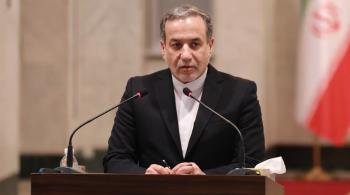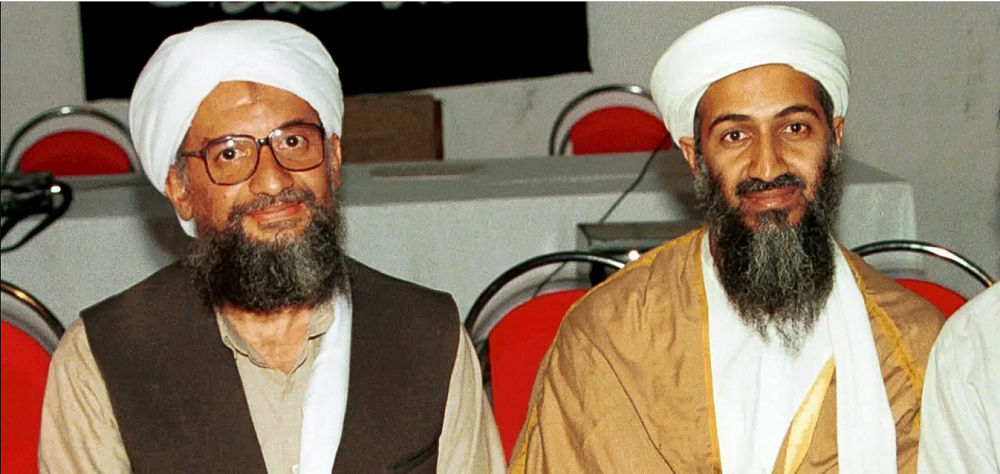Alwaght- On Tuesday, the US President Joe Biden announced killing of Al-Qaeda leader in Afghanistan. Although the American story of the death of Al-Qaeda leader is not fully confirmed, the way and place of his killing have been making headlines on world media.
Biden said that the intelligence operation and identification of Ayman al-Zawahiri's hideout was as complicated and time-consuming as the operation to kill Osama bin Laden, the founder leader of Al-Qaeda. These remarks are made to reject any rumors of a behind-the-scenes deal with the Taliban, as well as to highlight the continuation of US anti-terrorism activities in Afghanistan after leaving the country and to silence critics of Biden's Afghanistan policy.
Two points can be extracted from the American story of al-Zawahiri's killing. First, the Taliban has not been committed to the terms of Qatar agreement with Washington about fighting Al-Qaeda presence in Afghanistan, as the US Secretary of State Antony Blinken put it. Second, the US still plays a role in Afghanistan developments.
Still, what can be taken from Al-Zawahiri's killing and pressure on the Taliban is that the US pursues specific goals behind taking the gesture of fighting terrorism and bringing back security to Afghanistan.
Certainly, death of Al-Qaeda's ringleader and undermining this group in Afghanistan is good news for Khorasan branch of ISIS terrorist organization which in recent years intensified its activities in Afghanistan as it lost vast areas of its control in Syria and Iraq.
The competition between Al-Qaeda and ISIS was publicized years ago when al-Zawahiri opposed Abu Bakr al-Baghdadi's declaration of caliphate. Undoubtedly, with the removal of a fierce ISIS rival such as al-Qaeda, the White House will greatly assist the efforts of the terrorist group to recruit and expand its scope of activity in Central Asia.
Although it is difficult to estimate the number of ISIS fighters in Afghanistan, according to analysts' estimates, in 2016, a year after its establishment, the Khorasan branch of ISIS had about 3,000 to 4,000 fighters at its peak. The main areas of concentration of ISIS-Khorasan Provinc in Afghanistan is in the eastern provinces, mainly Kunar and Nangarhar,
near the borders of Pakistan.
The initial nucleus of ISIS-Khorasan Province was established by Pakistani Taliban branch's defectors. The Pakistani Taliban, especially the Tehreek-e-Taliban group, is less obsessed with ethnic and tribal issues in terms of ideology and intellectual policy, and is focused on widespread jihad and the establishment of a global caliphate, and for this reason, radical elements in this group are prone to being absorbed in the violent and extremist ideology of ISIS.
Still, an important part of the presence of ISIS in Afghanistan is in connection with the American plans for the region, especially Central Asia: Creating security challenges in this region through expansion of insecurity in Afghanistan to threaten the interests of major US rivals Russia, China and Iran. Washington has a long record in designing and implementing such policies. Al-Qaeda itself is the product of Cold War competition and Washington's effort to use the potentials of jihadists against the presence of the Soviet Red Army in Afghanistan.
Now that the US seeks to fuel a sectarian war and create insecurity as part of its geopolitical competition in Central Asia, ISIS definitely serves as a more efficient tool in its hands than Al-Qaeda.
In recent years, Afghanistan ISIS branch has focused on carrying out terrorist attacks on the Hazara Shiite minority in order to start a sectarian war and Hazara schools and mosques in Kabul were its main targets. This operational tendency signals that the fundamentalist groups are trying to ignite a sectarian war in the region.
These attacks came while Al-Qaeda was insisting on fighting the US or taking the rights of the Muslims in such areas as Gaza, Kashmir, and Central Asia as its struggle priorities.
According to the most recent UN report on the activities of ISIS and Al-Qaeda in July, Al-Qaeda propaganda has grown sharply and the international ground is prepared for the group to rise again as a universal leader of jihad-salafi groups in competition with ISIS.
The report additionally suggests that ISIS has created a network of 9 regional representation headquarters in Iraq, Syria, Turkey, Afghanistan, Somalia, Chad, Libya, Yemen, and Sinai Peninsula in Egypt. The Libya, Yemen, and Sinai branches are described as "inactive and dying down" but it is working actively in Somalia, Afghanistan, and Chad.
So, ISIS killing of al-Zawahiri was actually a favor to ISIS to reverse its being behind in competition with Al-Qaeda, something that not only will not help secure Afghanistan and Central Asia, but also paves the way for more insecurity in the region.



























